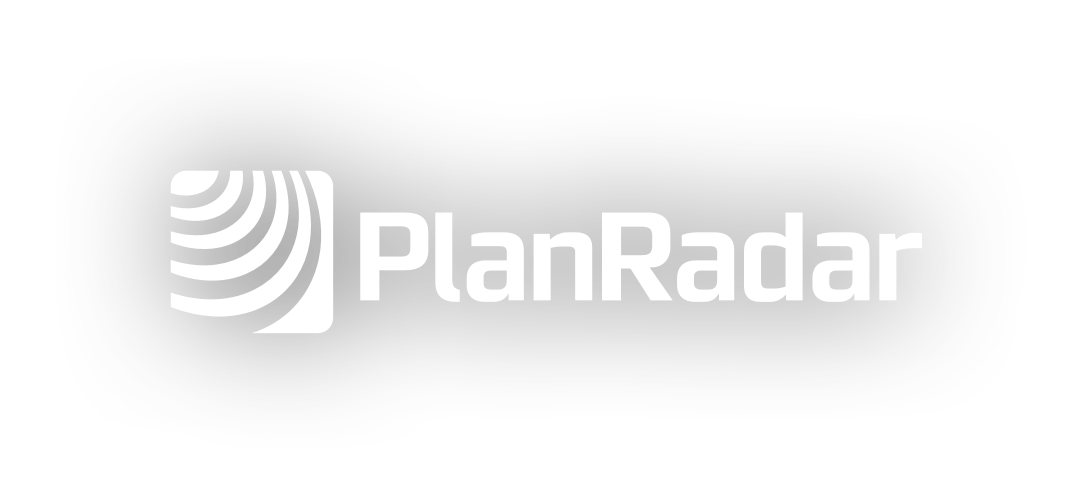Unsure of what Gateway 1 and Gateway 2 of the Building Safety Bill mean for you? In this blog we aim to provide the answer.

Contents:
1. The Building Safety Bill: An Overview
2. Gateway 1: Planning Permission
4. Gateway 2: Building Control Certification
6. Importance of Gateways 1 and 2
7. Challenges and Controversies
In the aftermath of several high-profile building disasters in the UK, including the Grenfell Tower fire in 2017, the government has taken significant steps to improve building safety regulations. The Building Safety Bill is a landmark piece of legislation aimed at ensuring the safety of residents and users of high-rise buildings. Two crucial components of this bill are Gateway 1 and Gateway 2. In this blog post, we will delve into the details of these gateways, understanding their purpose, significance, and impact on building safety.
The Building Safety Bill: An Overview
The Building Safety Bill, proposed by the UK government, aims to bring about a substantial shift in how high-rise buildings are designed, constructed, and managed. Its primary focus is to strengthen the accountability of those involved in the lifecycle of a building, from the early design stages to its ongoing occupation. Gateway 1 and Gateway 2 are critical stages in the safety process.
Related reading: 5 ways PlanRadar can help you achieve a Golden Thread in fire safety
Gateway 1: Planning Permission
Gateway 1 marks the beginning of the building safety process. At this stage, any developer seeking planning permission for a high-rise building must submit a comprehensive fire and structural safety report. This report should detail how the proposed design meets the stringent safety standards outlined in the Building Safety Bill.
Key Aspects of Gateway 1
a. Safety Case Report: Developers are required to prepare a Safety Case Report, which serves as the core document submitted to the Building Safety Regulator (BSR) at Gateway 1. This report assesses the building’s safety during design and construction phases, emphasising fire safety, structural integrity, and materials used.
b. Competence Assessment: The Building Safety Regulator will review the submitted Safety Case Report and conduct a thorough assessment of the developer’s competence to ensure that they have the necessary expertise to meet safety standards.
c. Accountability: Gateway 1 reinforces the principle of accountability by holding developers responsible for their building’s safety from the earliest stages. This approach fosters a safety-first culture in the construction industry.
d. Information Sharing: The Safety Case Report must be shared with residents, ensuring transparency and allowing them to raise concerns and suggestions if needed.
Related reading: A Step-by-Step Guide to Building Safety Act 2022 Compliance
Gateway 2: Building Control Certification
Gateway 2 is a pivotal milestone in the construction process. At this stage, the developer must seek Building Control Certification from the Building Safety Regulator before proceeding with the actual construction of the high-rise building.
Key Aspects of Gateway 2
a. Detailed Safety Plan: Developers are required to submit a comprehensive safety plan, outlining the specific safety measures and procedures to be implemented during construction and how they align with the Safety Case Report submitted at Gateway 1.
b. Fire and Structural Safety Checks: The Building Safety Regulator carries out rigorous checks on the building’s fire safety systems, structural integrity, and other critical safety aspects before granting the Building Control Certification.
c. Cladding and External Wall Systems: Gateway 2 emphasises the importance of safe cladding and external wall systems. If the building involves such features, additional scrutiny and adherence to safety standards are required.
d. Certification Approval: Once the safety plan and building design receive approval from the Building Safety Regulator, the developer can proceed with construction, knowing that their plans align with stringent safety measures.
Related reading: Find out more about how PlanRadar’s Real Estate Management software can make your life easier.
Importance of Gateways 1 and 2
Gateway 1 and Gateway 2 play a crucial role in ensuring the safety of high-rise buildings in the UK. By making safety a priority from the planning and design stages to the actual construction, these gateways help prevent potentially dangerous buildings from being constructed, reducing the risk to occupants and the wider community.
Challenges and Controversies
Despite the positive intentions behind the Building Safety Bill and its gateways, there have been challenges and controversies surrounding their implementation.
a. Delays and Costs: Critics argue that the rigorous safety assessments at Gateways 1 and 2 could lead to delays in construction and increased costs for developers. This could potentially discourage investment in new developments and exacerbate the existing housing crisis.
b. Capacity of the Building Safety Regulator: The successful implementation of the Building Safety Bill largely depends on the capacity and resources of the Building Safety Regulator. There are concerns about whether the regulator will have enough qualified personnel to handle the influx of applications and conduct thorough assessments.
c. Clarity on Building Materials: There is an ongoing debate about the use of certain building materials, such as combustible cladding, and how these materials will be assessed and regulated under the Building Safety Bill. Striking a balance between safety and practicality remains a challenge.
Conclusion
The Building Safety Bill, with its Gateways 1 and 2, represents a significant step towards enhancing building safety in the UK. By instilling accountability, prioritising safety from the early stages, and involving residents in the process, this legislation aims to prevent future building disasters and protect the lives and well-being of those living and working in high-rise buildings. While challenges and controversies exist, addressing them in a thoughtful and pragmatic manner can lead to a safer built environment for generations to come.

Register for our fire door webinar
Find out how PlanRadar can transform the way you inspect fire doors. Thurs 31st August, 1pm
Digitally transform your fire door inspections
Register for our webinar today.
31/08/23 1pm


